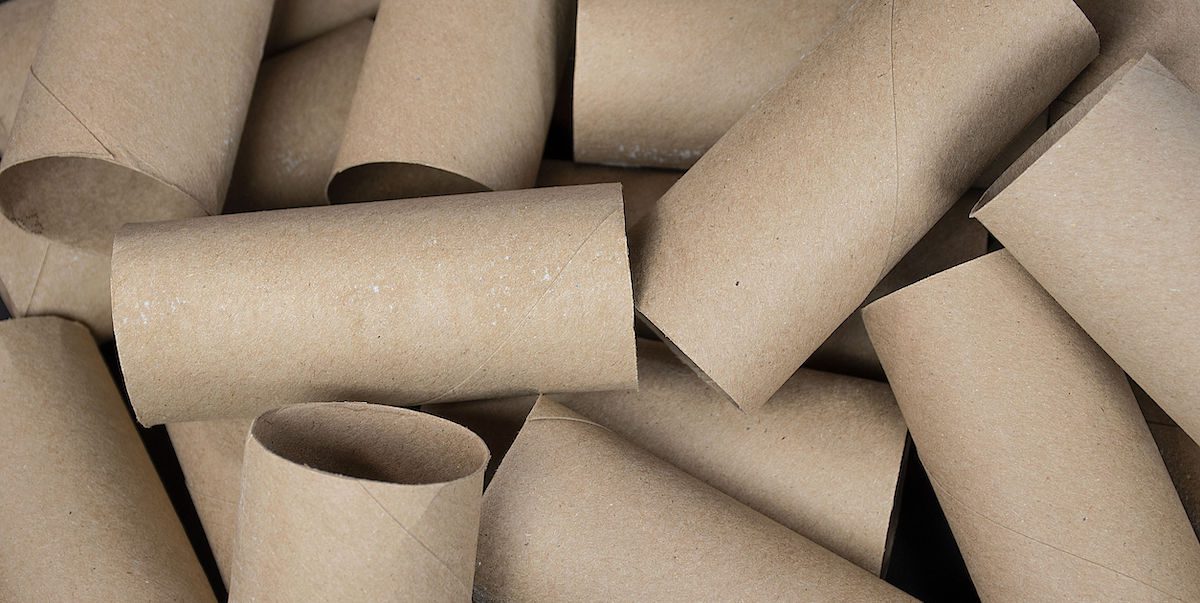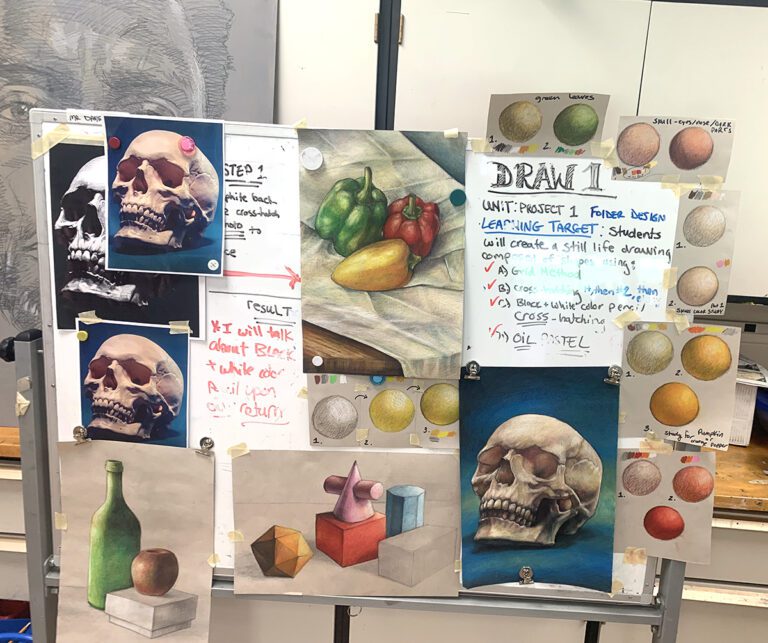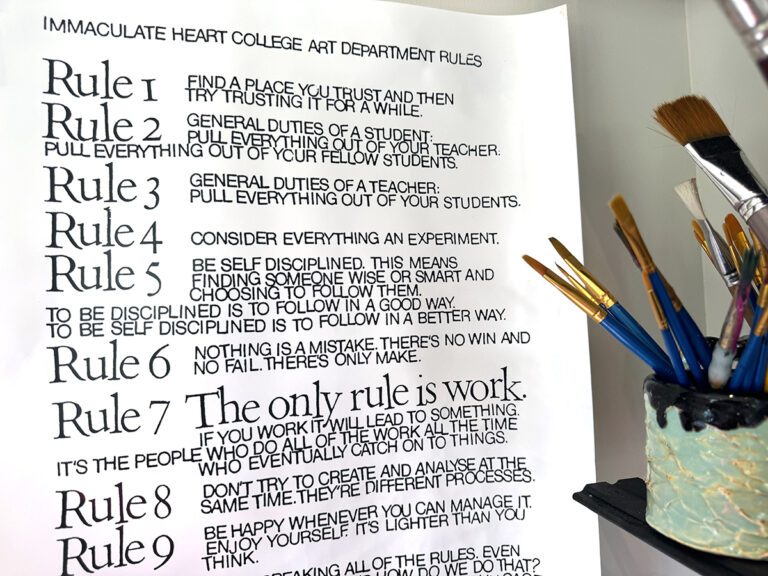Art Education and the Coronavirus (COVID-19)
It’s no question that the COVID-19 pandemic has created a great deal of uncertainty. Whether we’re trying to find the new normal of working remotely and managing our personal lives, there’s been a change. However, one thing we can be sure of is having the use of toilet paper tubes as a creating medium!
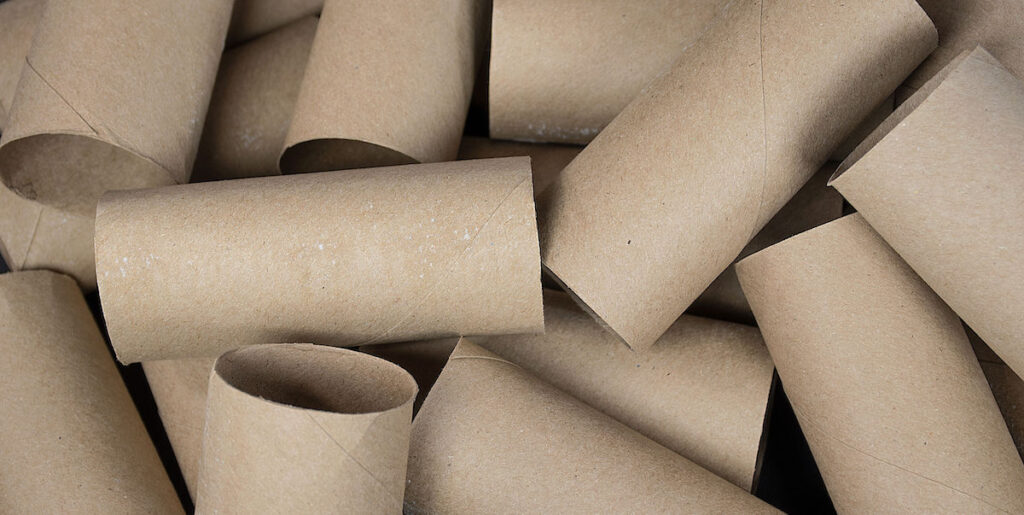
In light of all the recent toilet paper hoarding, we’re giving you some ideas to use those toilet paper cardboard tubes. As you continue to plan activities for your students virtually, this might be an excellent option to use as a medium to create with. If not, ask your students, colleagues, and neighbors to save those tubes for future use when you can go back to your classroom!
1. Textured Rolling Pins

Repurpose those seemingly boring cardboard tubes by turning them into texture tools. To do this, add a pattern or design around the roll with hot glue or puff paint. The textured tubes can now be turned into texture rolling pins for creating paint patterns or subtractive texture in clay.
2. Stamping
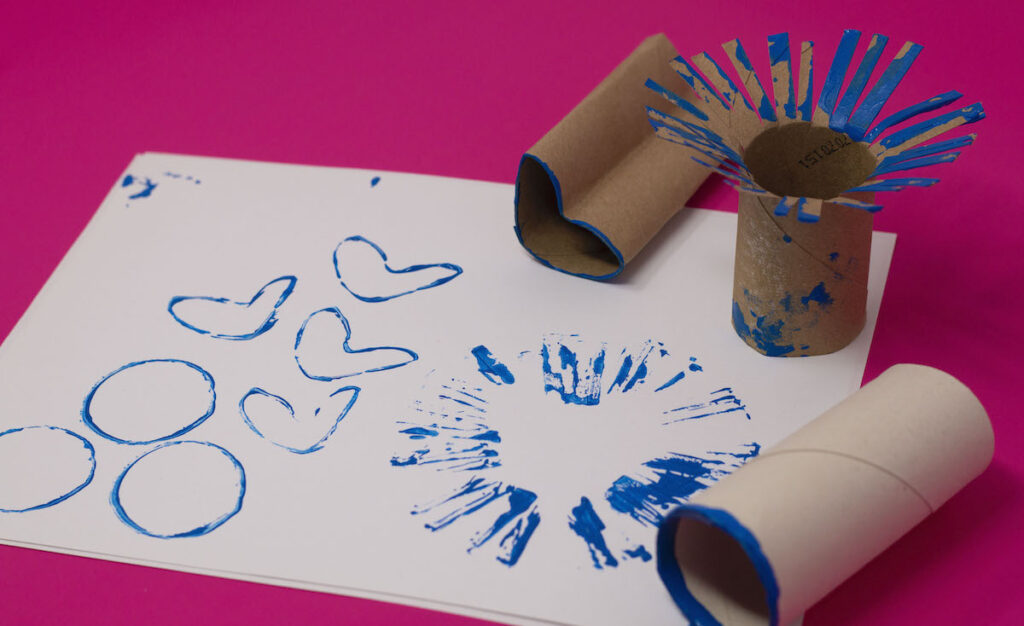
Toilet paper tubes make excellent stamping tools. Because the cardboard is thin, it is easy to cut into a variety of shapes. Since they are large and easy to hold, they also serve as a great tool for your adaptive art students or younger students still working on their fine motor skills.
Practice your own unique creativity and take a graduate course.
3. Squished Faces

Artist Junior Fritz Jacquet uses toilet paper tubes to create expressive, squished faces. Jacquet uses the cardboard tube as a molding medium. Encourage your students to create an expressive face inspired by the artist’s work. Take a look at this video to understand the process further.
4. Gift Pouches
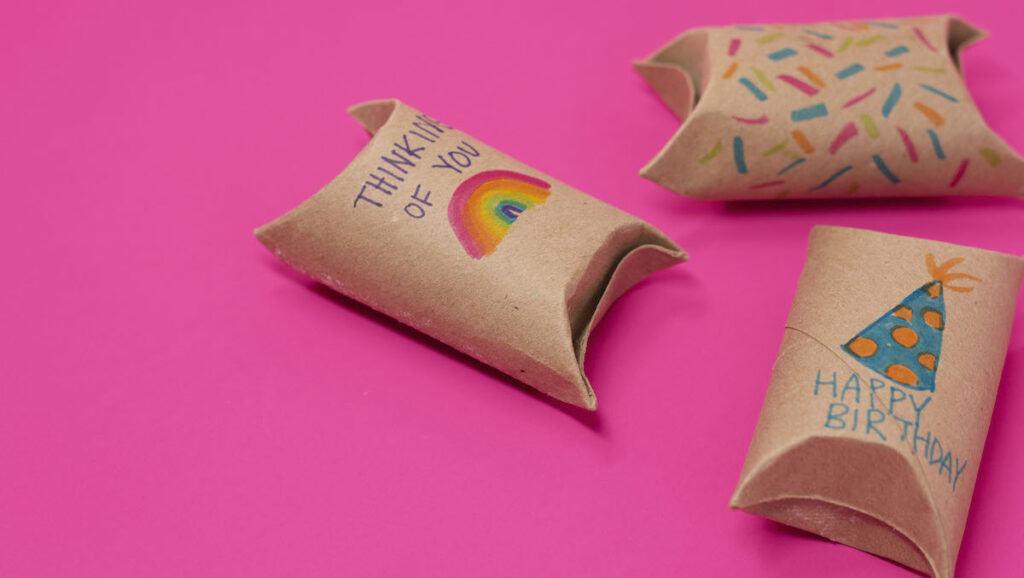
If you’re currently stuck inside and need some activities for your own children or students to do, show them how to make gift pouches. This is an excellent way to upcycle toilet paper tubes by giving them a second purpose. Think about using these pouches for fun gifts for your neighbors. They also make excellent gift card holders!
5. Collagraph Texture Rubbings
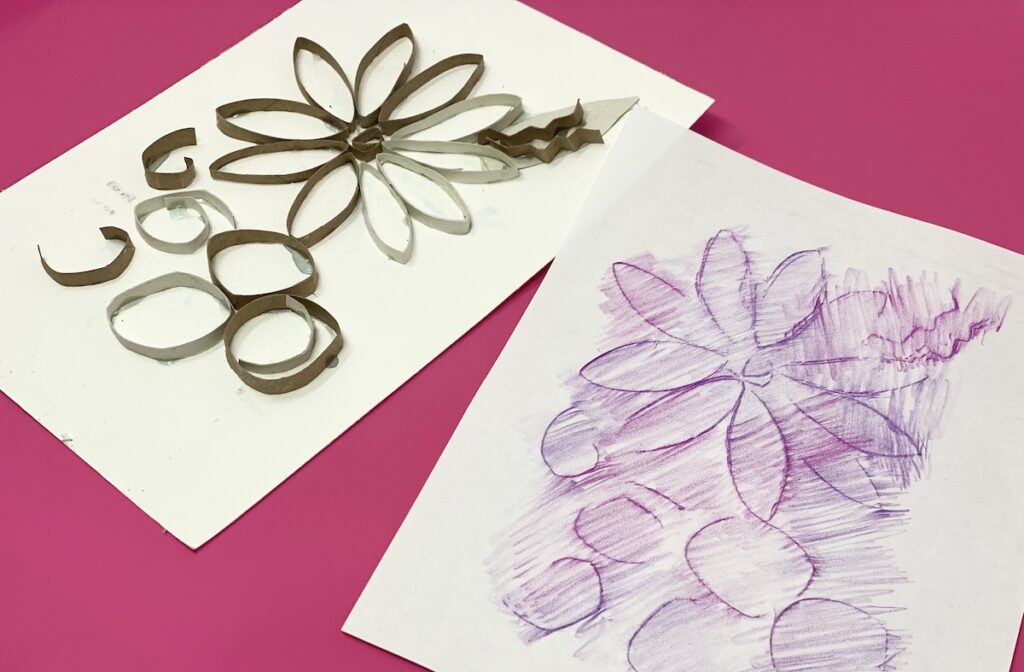
Collagraph prints are an excellent way to use recyclable resources. Try creating collagraphs using glue and toilet paper tubes. The collagraph design can be attached to a sturdy piece of paper or even a piece of cardboard, depending on what is available. Traditionally, collagraphs are printed with ink or paint, but if your students have limited access to materials, have them put another paper over the top to create a crayon texture rubbing.
Want more information? Learn more here.
6. Make Decorations
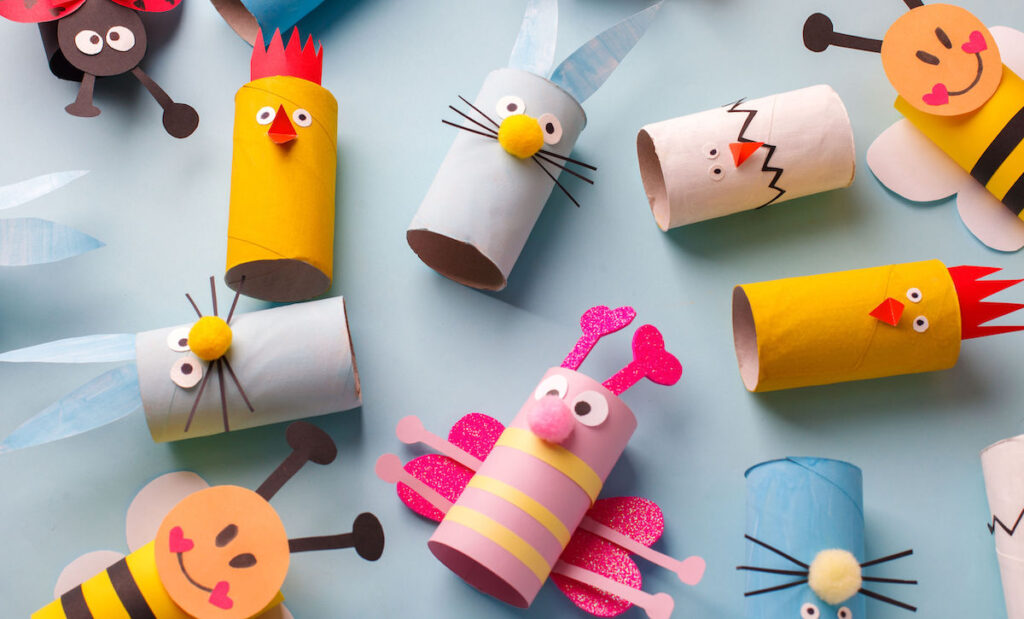
Since toilet paper tubes are flexible, they can be cut and formed into almost anything! If you’re looking to create some decorations for the season or to celebrate a birthday, get those creative juices flowing and make your own. Whether it’s an activity for your family or students, this no-cost process can lead to endless possibilities!
7. Recycled Sculptures
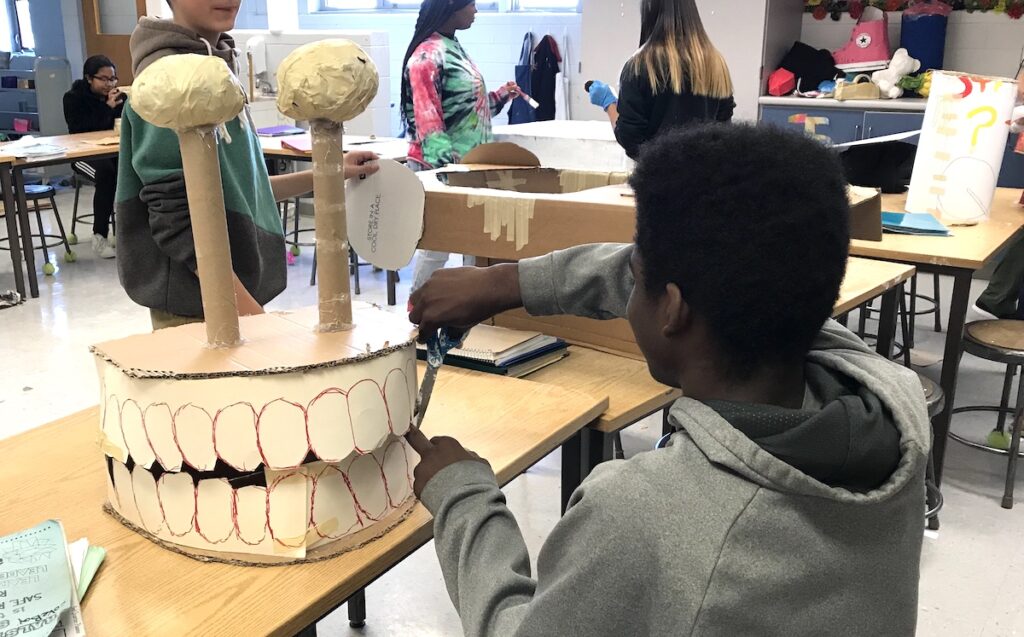
Most likely, your students don’t have plaster or paper mache materials at home. However, the use of cardboard tubes works as an excellent medium for building a sculpture armature. If you aren’t able to use them now, save up those tubes to use in your classroom in the future.
8. Cut Cardboard Scenes

If you’re looking for a more advanced process to try with your older students, check out these cardboard tube cityscapes by artist Anastassia Ellias. Take a look at this video to see the creation process of the tiny cityscapes.
Art teachers are always looking for ways to repurpose and upcycle materials for the art room. Toilet paper tubes just happen to be a material that everyone has access to. So whether you need an activity for right now or future use, keep these ideas in mind.
What’s your favorite toilet paper tube craft or activity?
What’s your favorite recyclable material to use in the art room?
Magazine articles and podcasts are opinions of professional education contributors and do not necessarily represent the position of the Art of Education University (AOEU) or its academic offerings. Contributors use terms in the way they are most often talked about in the scope of their educational experiences.
